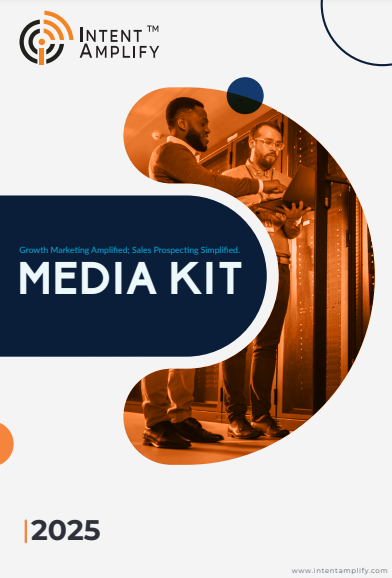
5 Ways Demand Generation Helps Improve Your B2B Sales Pipeline
- Last updated on: June 26, 2025
Demand generation for the B2B sales pipeline is the first and most crucial step for every B2B business.
Every B2B salesperson knows the challenges. Long sales cycles, inconsistent leads, and prospects that go dark are some of the highlighted ones.
For most, the pipeline is more like a leaky faucet than a steady, controlled flow. Today, the buyers have more control. They do their research. These buyers refuse to take cold calls. They avoid responding to a generic email. And most importantly, they would buy when they are ready.
For most, the pipeline is more like a leaky faucet than a steady, controlled flow. Today the buyers have more control. They do their own research. The buyers refuse to take cold calls. They avoid responding to a generic email. And most importantly, they would buy when they are ready.
As per Gartner, 80% of B2B Sales Interactions Between Suppliers and Buyers Will Occur in Digital Channels by 2025.
Buyers today are checking online reviews, comparing, and educating themselves. If your company isn’t participating in that early-stage learning, you’re already failing. Buyers are informed and educated.
That is why demand generation is critical. It is not a fluffy marketing term, demand generation is a well-thought-off framework for aligning content, campaigns, and strategy to grab the attention of, engage with, and nurture buyers, long before they ever speak to sales.
Here are the Top 5 Demand Generation Strategies to Boost Your B2B Sales Pipeline
1. Attracts High-Intent Buyers Before Your Competitors Do
In B2B, timing is everything. You don’t want to wait until prospects fill out a contact form to start influencing them. Demand generation helps you reach potential buyers earlier in their journey.
How? Through targeted content, SEO, social media, and intent data tools that track buyer behavior long before they raise their hand. Think blogs, webinars, LinkedIn thought leadership, and downloadable assets that speak directly to buyer pain points.
For example, if a mid-market CTO starts searching for “zero trust architecture” and clicks on your eBook, you’ve gained a critical edge. You’re now in their consideration set before your competitors even know they’re in-market.
2. Builds Trust and Authority in a Noisy Market
Trust is the new currency. And in B2B, it takes time to earn. Demand generation builds trust through consistent, helpful content that positions your brand as a subject matter expert.
This is especially important for complex or high-ticket products. Buyers need to feel confident that your company understands their world. Blog posts that break down emerging trends. Case studies that show real results. Emails that teach, not pitch. All of this adds up.
One SaaS cybersecurity company saw a 40% lift in sales-qualified leads simply by launching a weekly email series that explained technical concepts in plain English. No sales push. Just value. And over time, prospects trusted them enough to ask for a demo.
You’re not just filling the top of the funnel. You’re shaping how buyers think and who they trust. That changes everything downstream.
3. Shortens the Sales Cycle Through Education
Sales reps spend a huge amount of time answering the same basic questions: What does your product do? How are you different? What results can I expect?
Demand generation does that work upfront.
When prospects arrive in your CRM already educated, they move faster. They’re more confident. They ask smarter questions. And they often have internal buy-in already lined up.
You can use webinars, explainers, and comparison guides to help buyers self-educate. Your sales team will thank you.
4. Improves Lead Quality and Sales-Market Alignment
Let’s be honest. Not all leads are created equal. One of the biggest frustrations in B2B is the “lead dump” that marketing hands to sales. Low-quality, low-intent, and totally unqualified.
Demand generation helps here by focusing on quality over quantity. You attract the right people at the right time with the right message instead of simply collecting emails.
That means using firmographic filters, buyer intent signals, and lead scoring to prioritize high-fit accounts. And it means tight alignment between marketing and sales on what a “qualified lead” actually looks like.
When sales trusts the leads, they work them harder. When marketing sees conversion data, they optimize faster. That’s pipeline efficiency.
5. Nurtures Long-Term Opportunities That Don’t Close Today
The harsh truth is that most B2B buyers aren’t making a purchase today. Research from Chet Holmes shows that only about 3% of your marketplace is in a buying mode at any given time. This means there is a staggering 97% who are NOT—at least, not now.
So what happens to those buyers?
More often than not, they go silent. Your sales reps disqualify them. Meanwhile, marketing ignores them for newer leads. That means the warm prospects that may have eventually bought from you go dark.
That’s a wasted opportunity.
A solid demand generation strategy prevents that. It keeps those future buyers engaged with helpful, relevant content. It provides opportunities for constant interaction, education and, building trust over time. So when that moment comes whether they have a budget, get re-prioritized, or an emergent issue your brand pops into your prospective customer’s mind.
Take, for example, a B2B IT services firm that implemented a long-term nurture track. They didn’t abandon their prospects who turned cold and they kept sending them customized reports on market trends. Six months later those leads converted at double their standard pipeline! The only thing they did differently? They maintained the conversation.
Final Thoughts: Pipeline Growth Starts with Demand Generation
Your B2B sales pipeline isn’t just a numbers game. It’s a quality game. A timing game. A trust game. And demand generation helps you win all three.
It ensures that your brand shows up before buyers hit the “contact us” button. B2B sales pipeline builds credibility that makes your sales team’s job easier. It creates a feedback loop between marketing and sales that drives better leads. And it nurtures the long-term deals that would otherwise be lost.
The best part? It’s measurable. You can track engagement, lead velocity, conversion rates, and revenue influence. You can see what’s working and double down.
If your pipeline is stuck, demand generation might be the missing piece. It’s not a quick fix. But it is a long-term engine for scalable, predictable revenue.
So don’t wait for leads to land in your lap. Go out and generate them with strategy, content, and intent.
FAQs
1. What is the distinction between demand generation and lead generation?
Demand generation is about creating awareness in B2B sales pipeline and interest in your brand over time as you are nurturing prospects until they are ready to buy. Lead generation focuses more on capturing contact information and closing short-term conversions. Demand generation is building the path while lead gen is capturing the people walking it.
2. How do I know if my demand generation initiatives are working?
Track metrics that matter, like engagement with your content (clicks, downloads, video views), lead quality, sales cycle velocity, and pipeline revenue contribution. If you keep attracting high-fit leads from your content that are converting faster and closing more frequently, your demand-generation efforts are working.
3. How soon can I expect to see ROI from a demand generation program?
Most companies see early signs (improved engagement, better quality leads) within 3–6 months, but full ROI will depend on the sales cycle, industry, and execution, and can take up to 6–12 months. Demand generation is a longer-term play, not necessarily a quick win; however, the reward is increasing the pipeline over time.
4. Would it be valuable for my sales organization to engage in demand generation?
Absolutely. Your sales reps are your first-hand analysts on whom your message, personas, and content are based. Marketing and sales continually provide feedback to create more qualified leads and optimize targeting. When the two teams align, conversion rates rise.
5. Is demand generation something that only enterprise businesses with giant budgets should explore?
Not at all. Demand generation is scalable. Consider starting with owned content such as blogs, newsletters, or educational webinars. Leverage intent data and targeted outreach as you scale. Small and medium-sized B2B teams can create strong pipeline momentum by concentrating on value-led content and the relevance of timing.
Let’s connect, optimize your strategy, and drive real results, because in today’s market, speed, personalization, and precision aren’t nice to have, they’re necessary.





